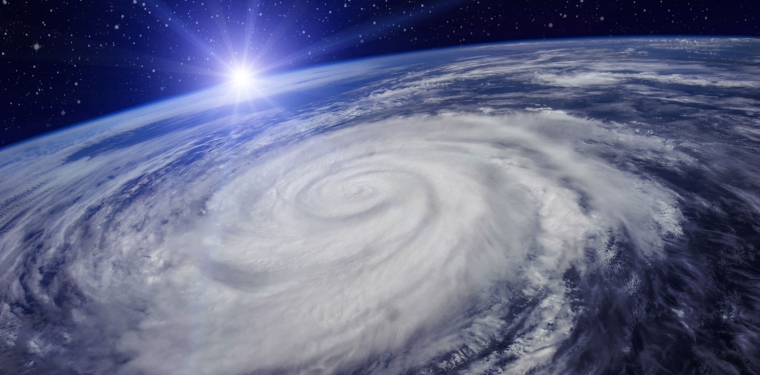How Melting Permafrost is Affecting Our Planet

When most people think about the effects of global warming, their attention turns to extreme weather in temperate climates and the rising ocean levels throughout the world due to the melting of the polar caps. Another problem has begun to surface in Arctic and Antarctic regions, namely the melting of permafrost.
Permafrost is soil that has been frozen for a minimum of two years. Most permafrost is located in the Northern Hemisphere where it accounts for approximately 24 percent of the entire landmass, but a small portion is also located in the Southern Hemisphere. Although the top several inches of permafrost usually thaw for several months each year, global warming is causing more of it to do so and some of it isn’t refreezing. That scenario has massive implications for the world.
Massive Release of Carbon
Thawing permafrost causes several problems, but the most pressing one that will affect the world at large is the amount of carbon that will be released into the air. The active layer of permafrost, wh8ich thaws each spring and can be up to 13 feet deep, releases carbon from the roots of plants during the thaw. A 2017 study showed that if worldwide temperatures rise 1.5 degrees Celsius above 1861 levels, as much as 508 gigatons of carbon could be released into the atmosphere. Even without factoring in the carbon released by humans, this could result in even more catastrophic climate change than what we are already experiencing. Some experts suggest that the Arctic tundra will chance from a carbon sink to a carbon source by the middle of the next decade.
Excessive Methane
Sometimes microbes break down the carbon into carbon dioxide, but at other times, methane is produced instead when soil conditions are anaerobic, or lacking oxygen. Methane has 20 to 25 times the greenhouse effect of carbon dioxide. In some areas where thawed layers of permafrost exist between frozen layers, microbes will continue to break down organic material even in winter, creating even more methane. This is already believed to be happening in Siberia’s lakes as researchers working at two northern Siberian lakes found methane bubbling up from in 2006 at five times the rate than what was previously thought.
Dormant Viruses Awakening
As if excessive amounts of carbon and methane don’t scare you, what about long-dormant viruses reawakening? While it sounds like something out of a Hollywood horror movie, researchers in Siberia 2015 discovered Mollivirus sibericum, a 30,000-year-old virus of monster size that readily infected an amoeba. Several others have already been discovered and most of them are much larger in size than contemporary viruses. The Mimivirus, discovered a decade earlier is another large specimen with 1,200 genes. By contrast, the HIV virus only has nine genes. To date, no human pathogens have been found, but that doesn’t mean that none won’t or that other reawakened viruses will infect other aspects of life on earth and cause additional havoc in the warming atmosphere.




